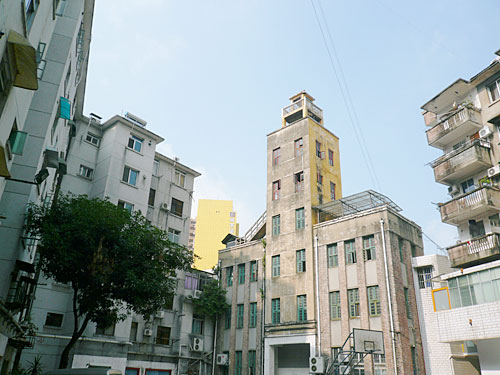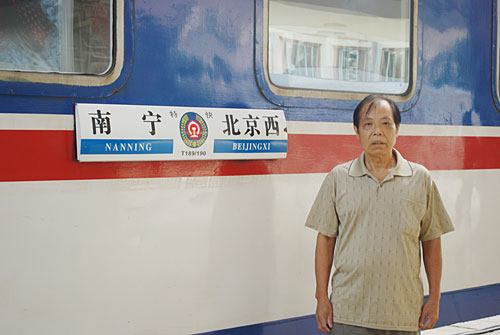|
To mark the 60th anniversary of the People's Republic of China on October 1, Beijing Review is profiling several cities that epitomize the history of New China. The journey begins in Nanning, capital city of Guangxi Zhuang Autonomous Region, 2,240 kilometers southwest of Beijing.
On October 1, 1949, the People's Republic of China was founded, and on December 4 the same year, Nanning was liberated by the Chinese People's Liberation Army (PLA). On that day, Nanning began its march toward common prosperity. Since 2004, the China-ASEAN (Association of Southeast Asian Nations) Expo has been held every autumn in Nanning, providing a golden opportunity for the city to rise as a major trade hub.
Beijing Review talked to longtime residents about how the city has changed in the past 60 years.
Huang Ping, 55, taxi driver
Born in Nanning in 1954, Huang joined the Air Force at the age of 16. In the 1980s, having received his driver's license while he was in the Air Force, Huang became a full-time driver in a government department.
"In the 1970s and 1980s, we drove trucks most of the time, but now, passenger cars are running everywhere in the city," Huang said.
In the past, only the government departments and rich enterprises had cars. But in the 21st century, and especially since the government decided to hold the Expo every year in Nanning, the number of private cars has been growing at a breathtaking speed.
 |
|
The 29.4-meter-tall watchtower that was built in 1953 as a firefighting device used to be tallest building in Nanning in the 1960s (SHIMIZU YUMI) |
The architecture in Nanning has also undergone significant changes. "The highest building in Nanning in the 1960s was a 29.4-meter-tall watchtower that was built in 1953 as a firefighting device," Huang said. At that time, young lovers usually met under the tower. As time went by, the tower was surpassed by skyscrapers one after another until it ceased to be used in 1988. In 2001, it was listed as one of the key cultural relics under city-level protection. The tallest building in Nanning is now Diwang Mansion, which stands at 276 meters and was built in 2005.
Shen Yunsheng, 66, railway worker
 |
|
Shen Yunsheng (MIAO XIAOYANG) |
Born in Nanning in 1943, Shen can still vividly recall the day the PLA entered the city in 1949. When he was a child, he was constantly surrounded by raging fires. That was why he thought the PLA might start another battle when he saw the army marching into the city on December 4. But the next day, he came to realize that peace had finally arrived in his hometown.
In 1960, Shen went to study transportation for two years at the Liuzhou Railway Institute. He then became a worker at Nanning Railway Station in 1968.
When asked why he worked for the railway station, Shen looked surprised and said, "Because the position was assigned by the government." Shen said at that time people could not do whatever they wanted since the government decided what they studied and where they worked based on "its assessment of society's needs."
| 
